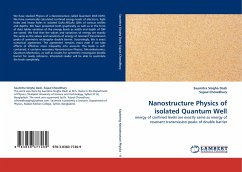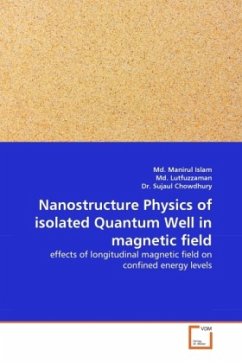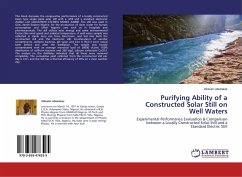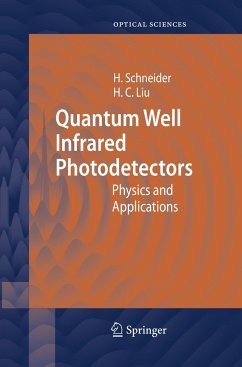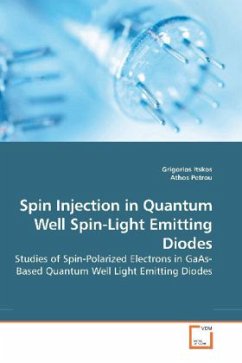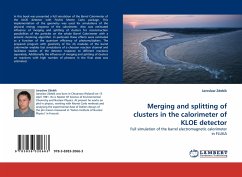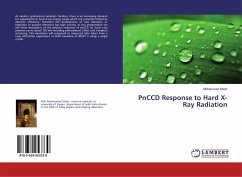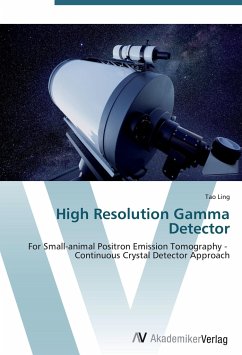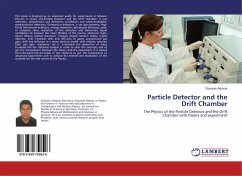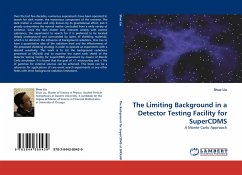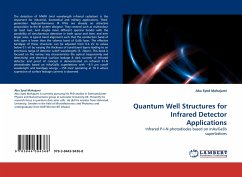
Quantum Well Structures for Infrared Detector Applications
Infrared P-I-N photodiodes based on InAs/GaSb superlattices
Versandkostenfrei!
Versandfertig in 6-10 Tagen
32,99 €
inkl. MwSt.

PAYBACK Punkte
16 °P sammeln!
The detection of MWIR (mid wavelength infrared radiation) is the important for industrial, biomedical and military applications. Third- generation high-performance IR FPAs are already an attractive proposition to the IR system designer. They covered such as multicolour (at least two, and maybe more different spectral bands) with the possibility of simultaneous detection in both space and time, and ever larger sizes. A type-II band alignment such that the conduction band of InAs layer is lower than the valence band of GaSb layer. The effective bandgap of these structures can be adjusted from 0....
The detection of MWIR (mid wavelength infrared radiation) is the important for industrial, biomedical and military applications. Third- generation high-performance IR FPAs are already an attractive proposition to the IR system designer. They covered such as multicolour (at least two, and maybe more different spectral bands) with the possibility of simultaneous detection in both space and time, and ever larger sizes. A type-II band alignment such that the conduction band of InAs layer is lower than the valence band of GaSb layer. The effective bandgap of these structures can be adjusted from 0.4 eV to values below 0.1 eV by varying the thickness of constituent layers leading to an enormous range of detector cutoff wavelengths (3- 20 m). This book is focused on the various key characteristics the optical (responsivity and detectivity) and electrical (surface leakage & dark current) of infrared detector and proof of concept is demonstrated on infrared P-I-N photodiodes based on InAs/GaSb superlattices with ~8.5 µm cutoff wavelength and bandgap energy ~150 meV operating at 78 K where supression of surface leakage currents is observed.



